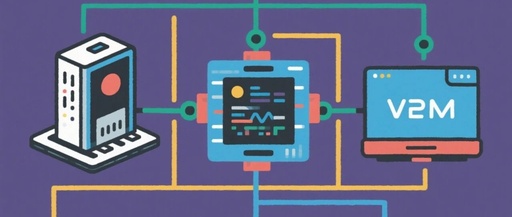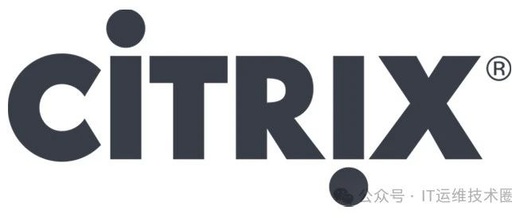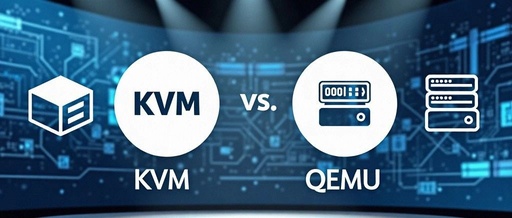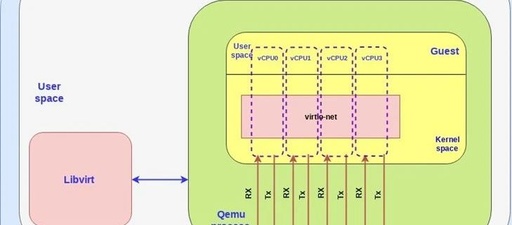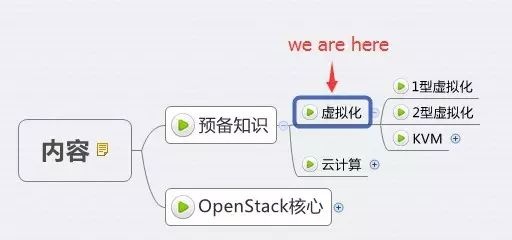Setting Up a QEMU Linux Kernel (5.10.209) Development Environment
Version Information Host Machine: <span>ubuntu 20.04.6 LTS (Focal Fossa)</span> Virtual Machine: <span>ubuntu 20.04.6 LTS (Focal Fossa)</span> The steps for installing the host machine are omitted, as they are no different from installing a virtual machine in <span>vmware</span>. It is important to ensure that <span>Intel VT-x</span> is enabled. If the virtual machine reports <span>This platform does … Read more
